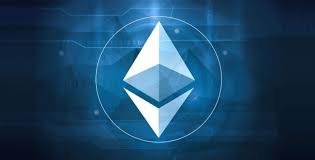The price that users must pay is changing due to the high demand for transactions. The payment of tips to miners and the burning of fees are still in a trial period.
The long-awaited London update of the Ethereum (ETH) network brought the EIP-1559. Although the improvement proposal sought to reduce the costs of transaction fees, it has had quite the opposite effect.
According to metrics from Bitinfocharts, the rates have not dropped since the activation of the hard fork on August 5th. The average of the fees paid on the network was then USD 14.6. However, that number rose to around USD 21.7 ten days later.
The average fee on the Ethereum network is USD 11, above those in June or July. In those months, the costs of rates ranged from USD 2 to USD 9. The need to cut fees became more apparent in May when the average per transaction was nearly USD 70.
With the London hard fork came a new method of paying fees that would benefit users rather than miners in theory. The improvement takes into account two types of rates that traders must pay. The first is a base fee that burns before the inclusion of a transaction in the block. The second is a tip or amount that the user must give to miners as a priority rate.
Although the burning of fees is taking place, traders are paying higher prices. They do this to ensure that the processing of their transactions is as fast as possible. Some Ethereum blocks have already become deflationary due to the burning of ETH, another future goal of the EIP-1559 upgrade. However, users have yet to see improvements in rates.
The second cryptocurrency on the market is trading at around USD 3,252.96 and has grown by 0.5% in the last 24 hours. Besides, it has accumulated a market capitalization of more than USD 380 billion, according to CoinGecko.
The Rise of NFTs Is Affecting the Ethereum Network
A significant increase in the number of transactions has contributed to what is happening on the Ethereum network. There is congestion on the smart-contract blockchain due to the rise of non-fungible tokens (NFTs) and the markets that trade those assets.
Figures from Dappradar indicate that the NFT market OpenSea shows an increase of 18% in the number of transactions. Other platforms that have seen increases in operations are Rarible and SuperRare.
According to Etherscan, the Ethereum network currently records around 1.2 million transactions every 24 hours. That represents an average of nearly 14 operations per second registered on the blockchain at the moment.
Another aspect to consider is the way decentralized finance applications (DeFi) are using the network. The amount of blocked funds is increasingly close to reaching its all-time high.
Metrics from DeFi Pulse indicate that around USD 74 billion is at risk. In May, the figure reached USD 87 billion. That proves that DeFi activity is on the rise again in the markets.
By Alexander Salazar











